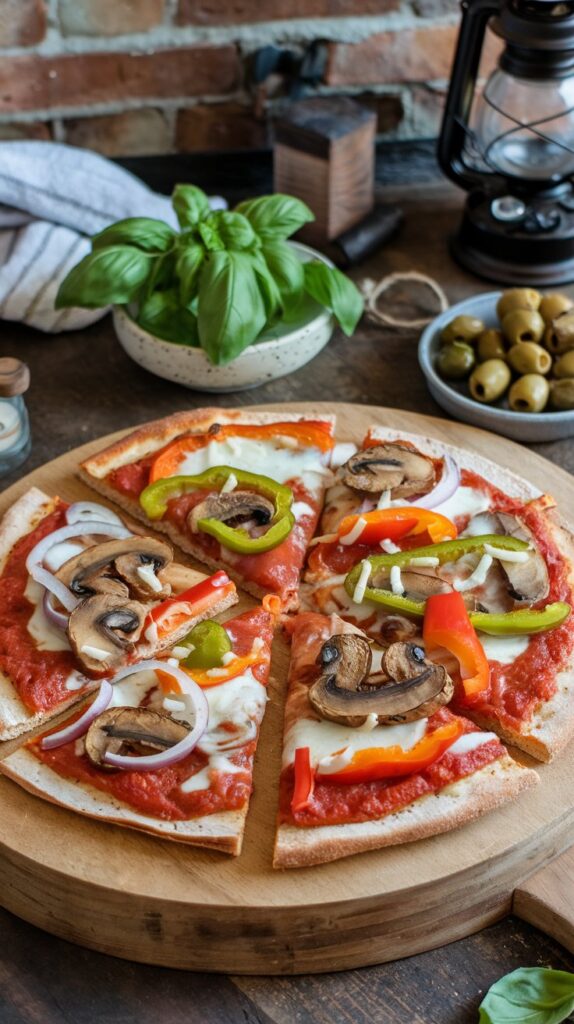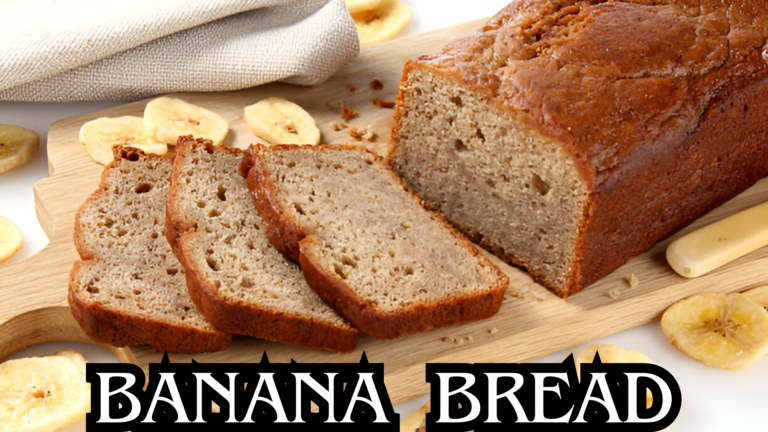Table of Contents
In recent years, gluten-free diets have surged in popularity across the United States, driven by a growing awareness of gluten-related health issues and a desire for healthier eating options. According to market research, the gluten-free food market is expected to reach $4.25 billion by 2029, reflecting increasing consumer demand for gluten-free products, including pizza. For individuals with gluten intolerance or celiac disease, finding satisfying gluten-free pizza options is essential. This article will explore everything you need to know about gluten-free pizza, from its ingredients and health benefits to delicious recipes and where to find it.

Understanding Gluten-Free Pizza
Gluten free pizza is made using alternative flours that do not contain gluten, a protein found in wheat, barley, and rye. Traditional pizza crusts are typically made from wheat flour, which gives them their characteristic elasticity and chewiness. In contrast, gluten-free crusts rely on various non-gluten flours and starches to achieve a similar texture.
Key Ingredients:
- Gluten-Free Flours: Common options include rice flour, almond flour, chickpea flour, and tapioca starch.
- Binders: Ingredients like xanthan gum or psyllium husk are often added to help mimic the elasticity provided by gluten.
- Liquid: Water or other liquids are necessary to hydrate the dry ingredients and create a dough-like consistency.
The main difference between traditional and gluten-free pizza lies in the dough composition. While traditional dough is elastic and stretchy due to gluten, gluten-free dough often requires different techniques to achieve a desirable texture.
Why Choose Gluten-Free Pizza?

Choosing gluten-free pizza can offer several health benefits, especially for those with specific dietary restrictions:
- Celiac Disease and Gluten Sensitivity: For individuals diagnosed with celiac disease or non-celiac gluten sensitivity, consuming gluten can lead to severe health issues. Gluten-free pizza provides a safe alternative that allows them to enjoy their favorite food without adverse effects.
- Perceived Health Benefits: Even among those without diagnosed conditions, many people are adopting gluten-free diets due to perceived health benefits. Some studies suggest that reducing gluten may alleviate gastrointestinal symptoms for certain individuals.
- Nutritional Awareness: With an increasing focus on healthier eating habits, many consumers are opting for gluten-free options that often contain more whole ingredients and fewer preservatives compared to traditional pizzas.
Related: Gluten-Free Breakfast Near Me: Your Guide to Delicious Options
Types of Gluten-Free Pizza Crusts
There are various types of gluten-free pizza crusts available today:
- Cauliflower Crust: This popular alternative is made from riced cauliflower mixed with cheese and eggs. It is lower in carbohydrates and calories compared to traditional crusts while providing a unique flavor profile.
- Almond Flour Crust: Almond flour offers a low-carb option rich in healthy fats and protein. It creates a slightly nutty flavor that pairs well with various toppings.
- Chickpea Flour Crust: Chickpea flour is high in protein and fiber, making it a nutritious choice. This crust has a unique taste reminiscent of traditional flatbreads found in Mediterranean cuisine.
- Commercial Gluten-Free Crusts: Many brands offer pre-made gluten-free crusts available in grocery stores. Popular options include brands like Caulipower and Udi’s, which provide convenience without sacrificing taste.
Top Gluten-Free Pizza Recipes

Making your gluten-free pizza at home can be both fun and rewarding. Here are two simple recipes:
- Caputo Fioreglut Dough Recipe:
- Ingredients:
- 4 cups Caputo Fioreglut Gluten-Free Flour
- 1 tablespoon kosher salt
- 2 teaspoons instant yeast
- 1¾ cups warm water (120°F–130°F)
- 2 tablespoons olive oil
- Instructions:
- In a bowl, mix the flour, salt, and yeast.
- Gradually add warm water and olive oil while stirring until combined.
- Knead the dough for about 5 minutes until smooth.
- Let it rise for 1 hour in a warm place.
- Preheat your oven to 450°F (232°C) and bake for 10–12 minutes after adding your favorite toppings.
- 3-Ingredient No-Yeast Pizza Base:
- Ingredients:
- 1 cup almond flour
- 1 egg
- ½ cup shredded mozzarella cheese
- Instructions:
- Preheat your oven to 400°F (204°C).
- Mix all ingredients until combined.
- Spread the mixture onto a parchment-lined baking sheet into your desired shape.
- Pre-bake for 10 minutes before adding toppings and baking again until golden brown.
Where to Find Gluten-Free Pizza in the U.S.

If you’re looking to enjoy gluten-free pizza without making it at home, many restaurants across the U.S. offer delicious options:
- National Chains: Many popular pizzerias like Domino’s and Papa John’s now provide gluten-free crust options. Be sure to check their websites for specific locations offering this service.
- Local Pizzerias: Many local pizzerias have embraced the demand for gluten-free options. Look for establishments that advertise their commitment to preventing cross-contamination for those with severe allergies.
- Health-Conscious Restaurants: Many restaurants focusing on healthy eating now include gluten-free pizzas on their menus. These establishments often prioritize fresh ingredients and innovative toppings.
Related: 10 Gluten Free Desserts Recipes
Customer Experiences and Reviews
Customer experiences with gluten-free pizza vary widely based on individual preferences and dietary needs. Many find that homemade versions allow for customization in flavor and texture while ensuring no cross-contamination occurs.
Testimonials often highlight:
- The satisfaction of enjoying pizza without feeling unwell afterward.
- The ability to experiment with unique toppings that complement alternative crusts.
- Comparisons between store-bought brands reveal varying tastes and textures; some prefer homemade versions over commercial ones due to freshness.
Exploring the world of gluten-free pizza can be an exciting culinary adventure that allows you to enjoy this beloved dish without compromising your health needs. With numerous crust alternatives available today—from cauliflower to chickpea flour—there’s something for everyone seeking a delicious slice of pizza.
Have you tried making your gluten-free pizza? Share your favorite recipes or experiences in the comments below! Don’t forget to subscribe for more tips on cooking delicious gluten-free meals at home!







